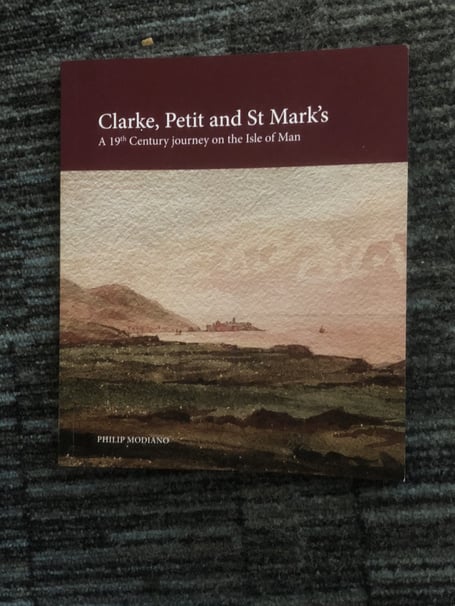Rare and unseen paintings of the Isle of Man, created long before the onset of the Victorian age, have been published in a new book that also examines the relationship between two clergy men and the island.
‘Clark, Petit and St Mark’s: A 19th Century Journey on the Isle of Man’ has been written and produced by biographer and researcher Philip Modiano, with help from archivists and historians on the Isle of Man.
The book tells the story about two men, Reverend John Thomas Clarke and Reverend John Louis Petit, who played a key role in the history of the island in the early part of the 19th century.
Clarke was instrumental in building the chapel at St Mark’s, but it is was his friendship with Petit, described as ‘an extraordinary, progressive, Victorian watercolour artist’, whose work has been lost for more than 100 years, that is particularly of local interest.
Recently discovered paintings show the island as it was nearly 200 years ago, before much of the famous and iconic buildings we now take for granted were built.
The book has published many of them for the first time and show familiar scenes, such as Peel Castle, the waterfalls at Glen Helen and Glen Maye, an empty Langness peninsula, Ramsey and the view from Knocksharry looking towards Peel, as undeveloped and sparse-looking landscapes, as well as tall ships in Douglas harbour, Viking crosses in situ and various landmarks.
Altogether, it is thought that Petit painted 32 paintings of the Isle of Man, of which 28 have been found.
‘Clark, Petit and St Mark’s’ is available, priced £9.50, from St Mark’s chapel and through the website, www.revpetit.com

.jpeg?width=209&height=140&crop=209:145,smart&quality=75)
.png?width=209&height=140&crop=209:145,smart&quality=75)


Comments
This article has no comments yet. Be the first to leave a comment.